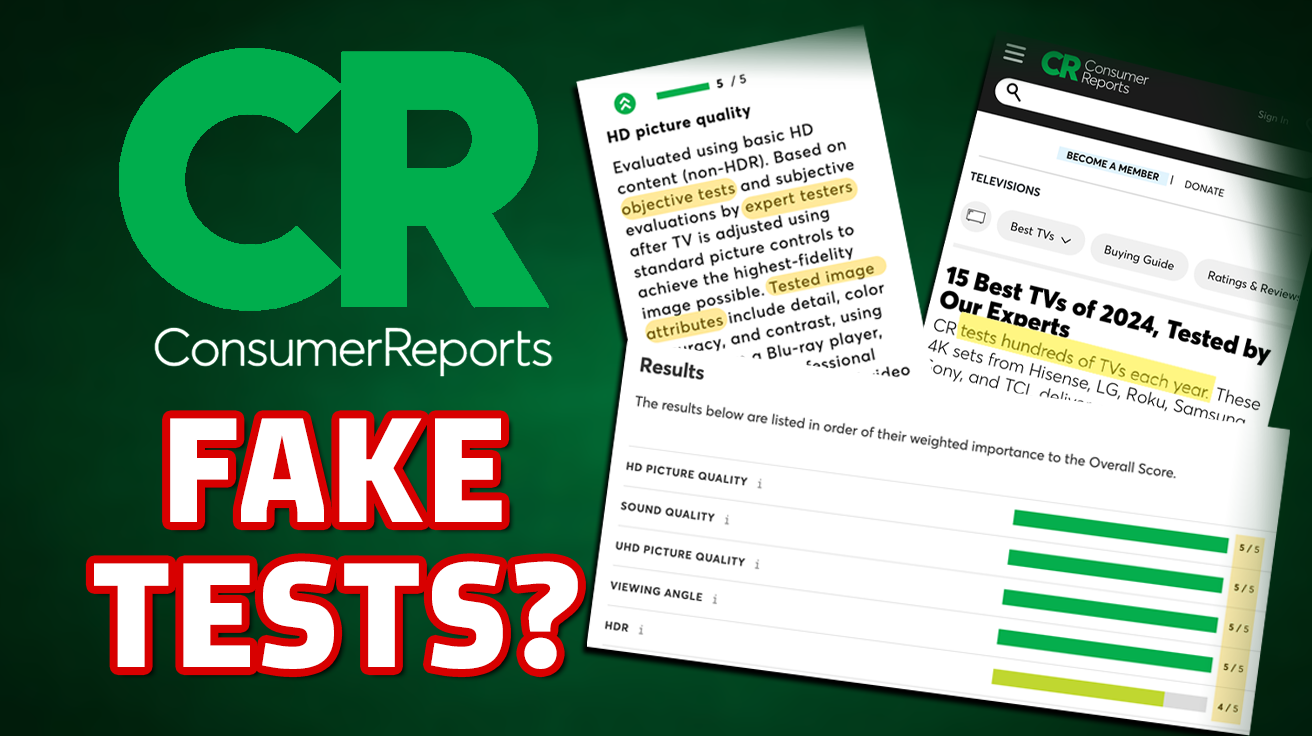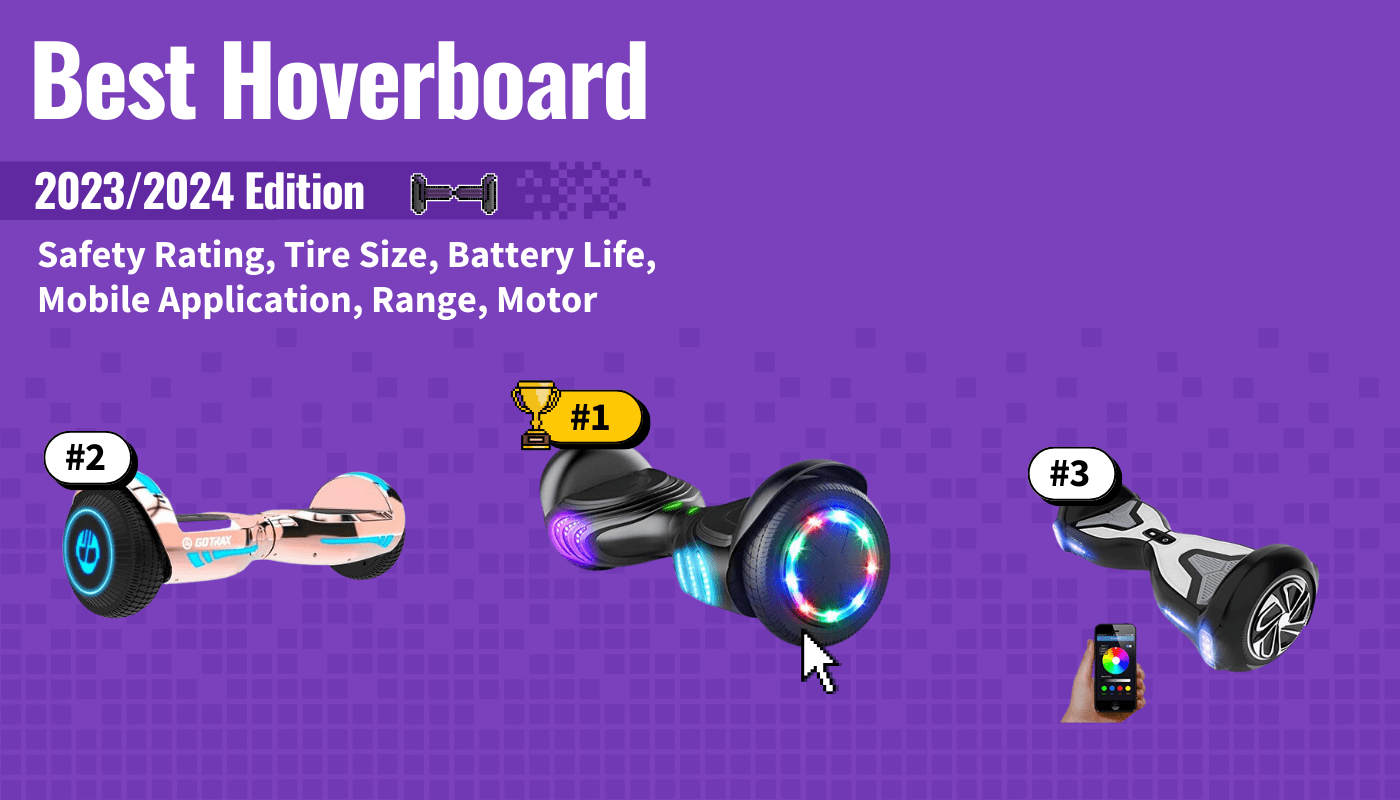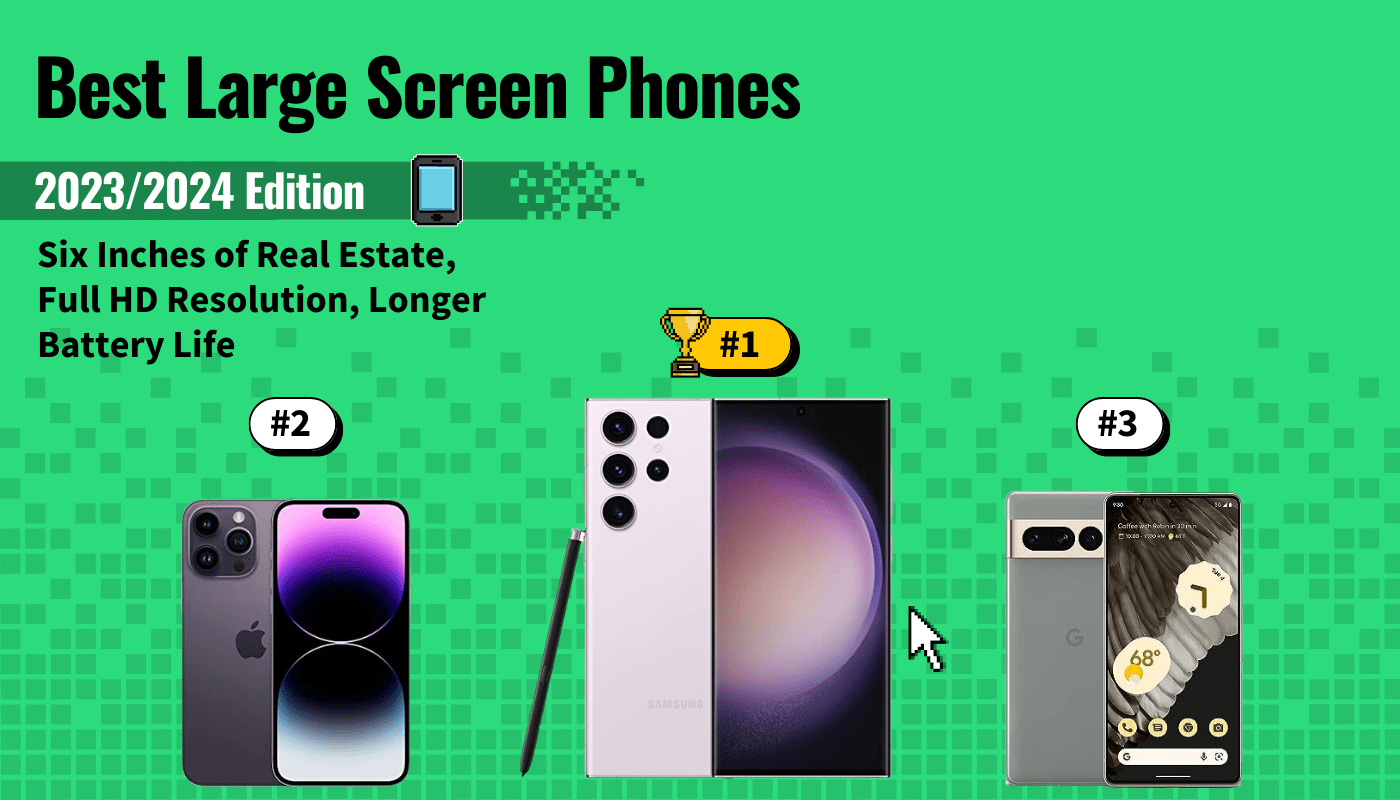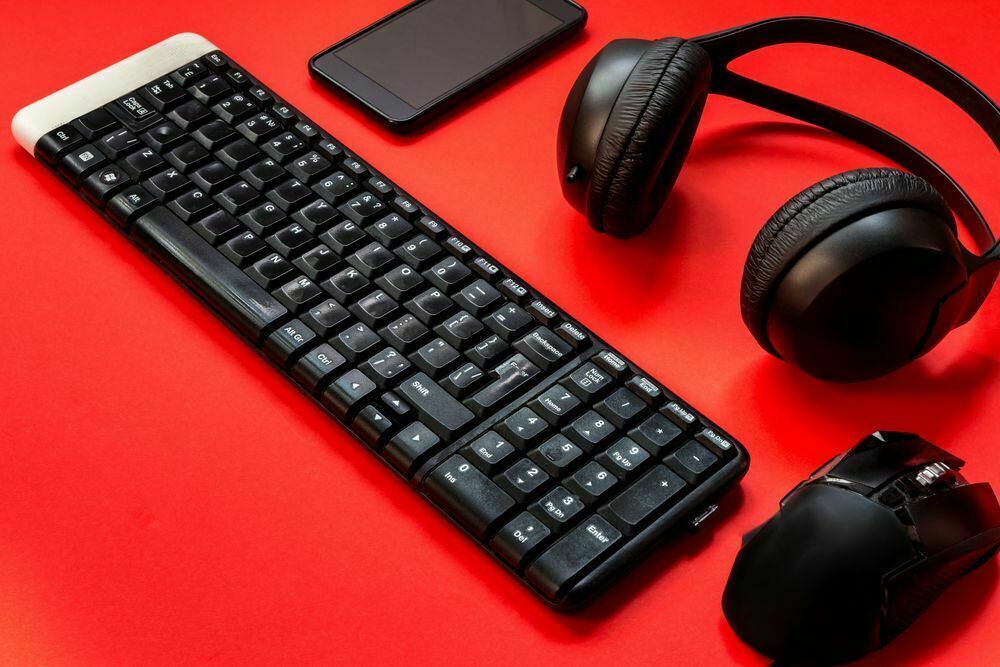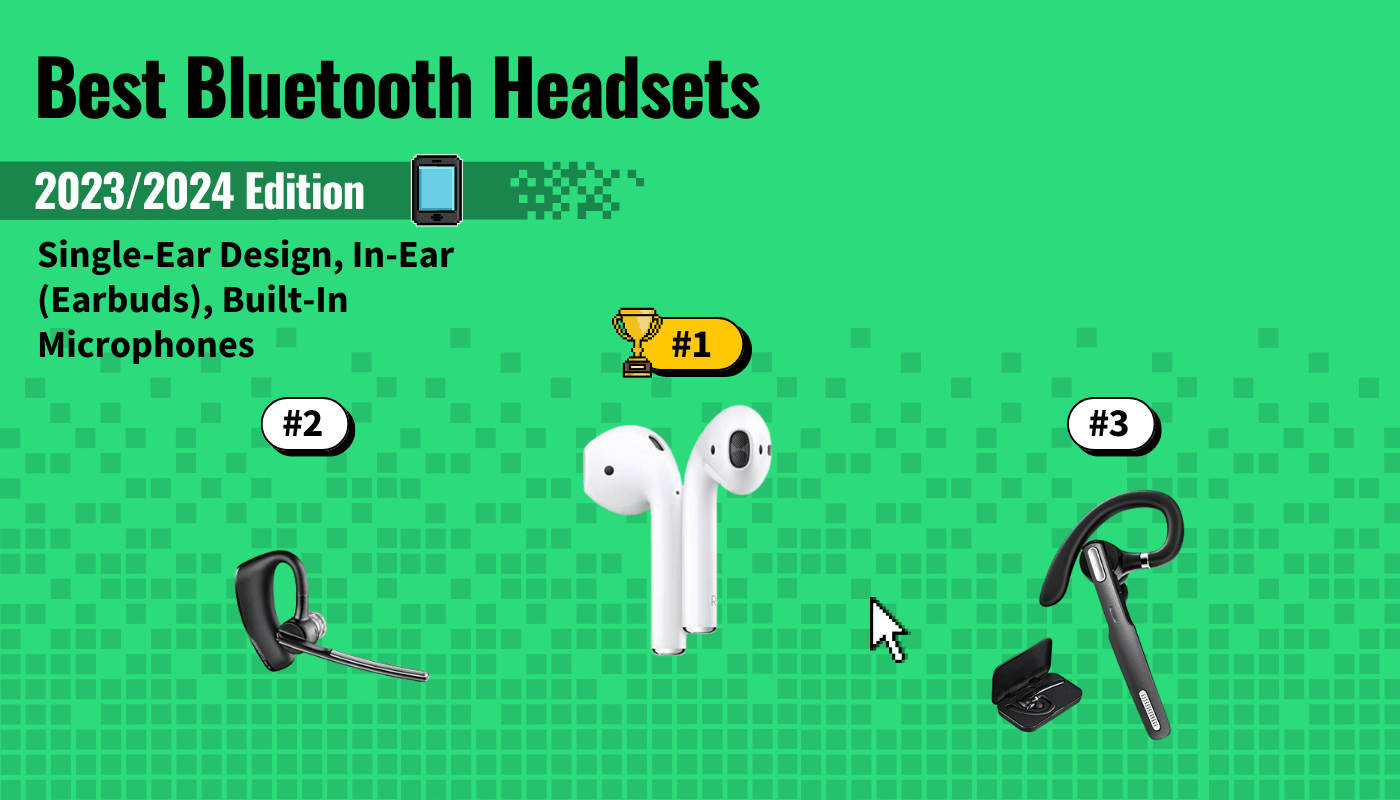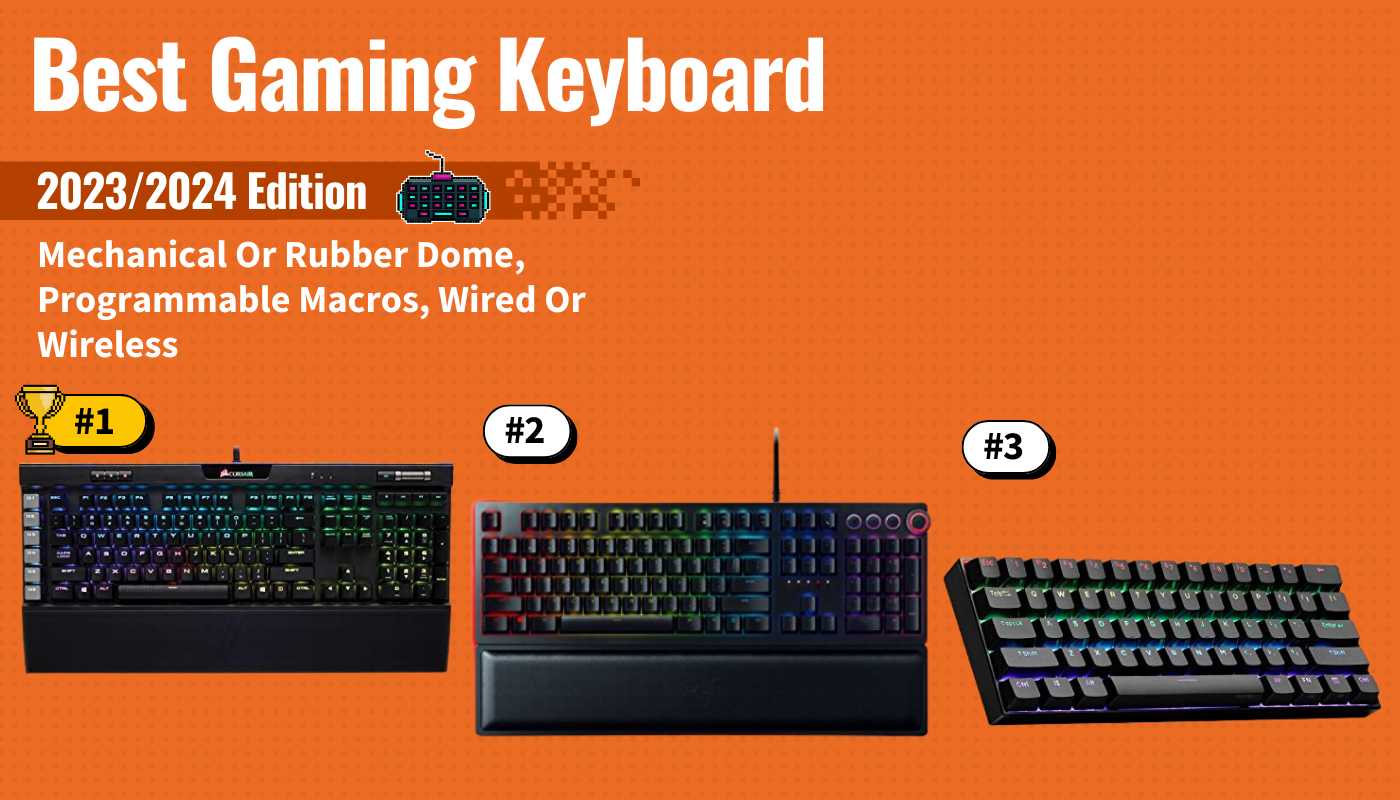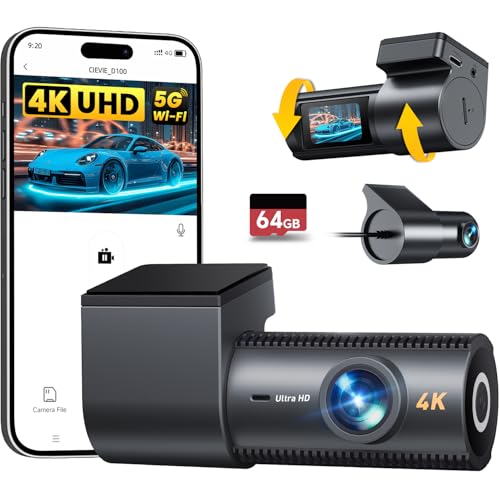The best hoverboards are fun, easy to use and durable. Unfortunately, not all hoverboards are made equal and there are way too many options on the market, including knock-off brands that are cheaply built. To help you find the best hoverboard, we bought and tested over 30 different models before narrowing our list down to the top 7 options. During our research, we focused on features like top speed, motor power, safety and battery life (aka range).
With these features in mind, we found that the Tomoloo Hoverboard with LED Lights is the best hoverboard you buy today. With its extended battery life, quick speed, and easy-to-learn functionality, this is the best board for adults and kids alike. Keep reading to learn more about the Tomoloo and our other top hoverboard picks.
Top 7 Hoverboards Compared
#1 Tomoloo Hoverboard with LED Lights
We’re sorry, this product is temporarily out of stock
Award: Best Hoverboards Winner
WHY WE LIKE IT: The Tomoloo Hoverboard with LED lights is fun, fast, and easy to learn, making it a top pick for kids and adults alike. In fact, it is our top pick/best overall hoverboard. With a 4-hour battery life, 7.5 MPH top speed, and added fun features like LED lights and built-in Bluetooth speakers, it easily beats out the other competition on the list.
- 4-hour battery life
- Long, 12-mile range
- Short, 1-hour charge time
- Doesn’t perform well on rough terrain
- App control isn’t very user friendly
- Body scratches easily
The Tomoloo hoverboard with LED lights offers the longest battery life of all the options on our list, coming in at a total of 4 hours of running time. With such extensive battery life, you can enjoy this smart self-balancing hoverboard without worry. Of course, when you inevitably run out of battery, you’ll only need to wait an hour before achieving a 100% full charge once it’s plugged in, one of the shortest charging times on our list.
This Tomoloo Bluetooth Wireless Speaker hoverboard also includes a wide variety of additional features, like colorful LED flashing lights and Bluetooth functionality that allows you to play music directly from your phone. You can control these features through the Tomoloo app, which doesn’t work perfectly 100% of the time but still does its job. Tomoloo also gives you a 1-year limited warranty to cover any manufacturer defects, which is a nice addition.
#2 GoTrax Glide Hoverboard
WHY WE LIKE IT: The GoTrax Glide hoverboard is the most affordable option on our list, giving you the most value without sacrificing premium features like a Bluetooth wireless speaker and LED lights. Considering these features and the small learning curve, this is the perfect hoverboard for kids. That is why it is our honorable mention/best for kids pick here.
- Built-in Bluetooth speaker and LED lights
- Powerful 200-Watt brushless motor
- User-friendly operation for kids
- Not as fast as other options
- Long charge time
The GoTrax Glide hoverboard is one of the best hoverboards for kids thanks to all of its “fun” features like LED lights and built-in Bluetooth speakers. It also features a sleek, modern design that will impress both kids and adults alike. Plus, you get all of this for an incredibly affordable price point, making this a great entry point for hoverboard beginners.
When it comes to performance, you’ll find the GoTrax Glide more suited to younger riders. With a top speed of 6.2 miles per hour, you may find yourself disappointed if you’re for more power. The 200-Watt brushless motor gives you enough power to get around, but this board can struggle a bit on hills or uneven terrain. All in all, though, the user-friendly design and decent battery life can keep you riding in style.
#3 Tomoloo Self-Balancing Hoverboard
WHY WE LIKE IT: The Tomoloo two-wheel self-balancing hoverboard offers some of the most unique features on the list, with LED lights that flash in time with the music and excellent self-balancing functionality that keeps you balanced. It also features a heat-resistant and fire-retardant design for increased durability and an extended lifespan. It is the easiest to ride with the best features.
- Unique rhythm-led LED lights
- More heat and fire resistance than most models
- Super stable and smooth ride with self-balancing functionality
- Lights can’t be turned off
- Bluetooth has some difficulties connecting
- Only works on paved paths
A self-balancing scooter like this Tomoloo contains advanced motherboards and components to increase overall stability and balance, making it extra easy to use. While all the hoverboards on our list feature some kind of balancing capacity, they don’t perform as well as this product. You’ll also get a bit more heat and fire resistance than many other hoverboards. While all the boards on our list are safe, this added protection can help you feel safer if you’re still worried about random overheating and catching fire.
You also get LED lights that blink in time with the music playing through the integrated Bluetooth speakers. Unfortunately, you can’t turn off the LED lights even to save batteries, so be aware of your battery life while using it. However, like the top pick on our list, this Tomoloo features an impressive 4-hour battery life, a short charge time, and a top speed of 7.5 miles per hour. You can also take care of any manufacturer problems with Tomoloo’s included 1-year warranty.
#4 Gyroor Warrior
WHY WE LIKE IT: The Gyroor Warrior was made for off-road use with its large 8.5-inch wheels and extra-durable construction. If you’re looking for an all-terrain hoverboard that can take a punch without hesitation and still look cool with LED headlights and Bluetooth speakers, this is the hoverboard for you. This is the best value and best all-terrain hoverboard.
- Super tough, 8.5” wheels
- Can easily handle any terrain
- Extra stable ride with self-balancing functionality
- Most expensive on our list
- Learning how to use the board can be difficult
- App isn’t easy to use
If you’re looking for a hoverboard that is sturdier than most others and built for all-terrain use, look no further than the Gyroor Warrior. With massive 8.5-inch wheels and self-balancing capability, this hoverboard can take a punch better than any other board on our list. It’s also the fastest on our list (and one of the fastest hoverboards on the market), with a maximum speed limit of almost 10 miles per hour. Granted, that’s not super fast, but it’s a decent speed limit that isn’t too slow or too powerful.
Gyroor claims that its design is inspired by Formula 1 racing cars. While these features are certainly impressive, you’ll want to know that they come at a price. This hoverboard is the most expensive on our list, with prices well above $200 at the time of our review. Of course, this price is well worth it to get the all-terrain functionality, solid shock absorbers, and overall durability that the product offers. And with a 1-year warranty to protect you from defects, your purchase is protected well enough.
#5 Swagtron Swagboard Twist 3 Hoverboard
WHY WE LIKE IT: The Swagboard Twist 3 offers a ton of cool colors and designs, along with a long-lasting lithium iron phosphate (LiFePO4) battery and powerful motor. Plus, it offers beginner-friendly top speeds and grippy foot pads for the best user experience.
- Safer, more reliable LiFePO4 battery
- LED lights on body and wheels
- Grippy foot pads
- No integrated Bluetooth speakers
- No companion mobile app
The most unique thing about the Swagtron Swagboard Twist 3 hoverboard is its use of a lithium iron phosphate battery, which offers a number of benefits over a traditional lithium-ion battery. For starters, LiFePO4 batteries are safer since they are incombustible. They can also be charged more times before wearing out and offer more consistent power output. If you’re looking for a hoverboard with a safer and more reliable battery, then you can’t go wrong with the Twist 3.
In terms of performance, the Twist 3 provides dual motors, each offering 200 Watts of power. Surprisingly, though, this only equates to a 6.2 MPH max speed, which some adults may find disappointing. Fortunately, the self-balancing functionality makes up for this. It’s easy to learn how to ride hoverboards with this product, making it a great choice for beginners. You’ll also get LED headlights and LED wheels for a fun design.
#6 Segway Minipro Self-Balancing Personal Transport
We’re sorry, this product is temporarily out of stock
WHY WE LIKE IT: The Segway Minipro Self-Balancing Personal Transport is the best all-around hoverboard for those who don’t have experience riding personal transport. The adjustable knee bar makes it easy for new riders and experienced riders to maneuver. This is the best Bluetooth hoverboard and also the smoothest ride.
- Made from aircraft-grade material for a durable and lightweight frame
- 800W electric motors
- Easy to ride and maneuver
- Solid Shock Absorber
- Long charging time
- Automatic speed reduction keeps things under 10 MPH
- Customers report issues that some units do not charge properly
This hoverboard is UL 2272 compliant, with a lithium-ion battery, and features IP54 certification so that it is resistant to water. The unit is lightweight, and the large 10.5 tires deliver a smooth and satisfying rider experience, which also means that it absorbs shocks nicely. The steering column, which extends from the center of the Segway miniPRO, is cushioned with a pair of knee pads. The customizable LED lights keep you visible and safe at night.
The Segway Minipro Self-Balancing Personal Transport has a maximum speed of 10 MPH and a range of 14 miles. The powerful 800-watt electric motors round it all out. It also features 3 riding modes and a mobile app that provides tutorials, an anti-theft feature, and also acts as a remote control. This is a solid hoverboard, especially for the inexperienced. To steer, you gently lean one knee or the other into the steering column.
#7 Swagtron Swagboard Warrior XL Off-Road
WHY WE LIKE IT: The Swagtron Swagboard Warrior XL is a great middle-of-the-road model from Swagtron. It is the best value and the best for hills. While not all the best ones on the market, packs in some very helpful features, like the fact that it is Bluetooth hoverboard, enabled, allowing you to change modes, check the battery, access maps, and play music. The maximum speed is only 8 mph, but it has a respectable ability to climb inclines of up to 30° with its 300W dual motors.
- Bluetooth enabled
- Comes with app
- Smooth ride
- Low max speed
- Low range
- Mid-range power
This Swagtron Swagboard Warrior XL model has 3 modes and travels up to 8 miles per charge, with a maximum weight load (aka carrying capacity) of 220 lbs. 8″ hard rubber tires give you a smooth ride. Your charging time will be 90-100 minutes. A single/full charge will yield a maximum range of 8 miles. It also comes with an app that is compatible with both iPhone and Android. There is a reason that this model sells. The Swagtron Swagboard Warrior XL is a great middle-of-the-road model that delivers the features that most users want at a great price point.
How We Decided
Finding the best hoverboard can be intimidating, especially if you’ve never used one before and all you’ve heard about them is how they like to explode during use. This is where we come in to help you. During our extensive research of a large number of boards, we only included hoverboards that are safe to use.
Each product on our list has been UL-2272 certified for safety standards. You should never buy non-certified hoverboards. If safety is your top priority (as it should be), make sure you only consider certified options that follow the appropriate regulations. We didn’t include any boards that went slower than 7 miles per hour, although plenty of those are available if you need something a little slower when you first start learning. Finally, we only considered hoverboards that were durable enough to handle getting bumped and scuffed every so often. It’s inevitable that you’ll run into something with your hoverboard, but that doesn’t mean you should worry about a tiny crash destroying your new toy.
Hoverboards Buying Guide
The Most Important Features to Consider
- Safety Rating – Your number one concern when purchasing a new hoverboard is safety, especially if you’re buying a strong hoverboard for adults.
- A few years back, hoverboards were known to catch on fire, and since then, the industry has done the responsible thing and made them much safer. You can see proof of this in the many hoverboard reviews we have on our site.
- You would be hard-pressed to find any reports of fire today because of all the efforts to make hoverboards safety certified.
- Moreover, many of the top-tier hover boards and best hoverboards of 2023 detail many safety measures on their product pages. What’s more, most will provide support to stay safe while using any hoverboard brand.
- First and foremost, look for UL 2272 Certification on any hoverboard you buy. UL-certified means it has passed all safety tests and has all the safety features you need to ride without a problem.
- Additionally, online reviews and guides for top-rated hoverboards will focus on weight limits, max speeds, and battery life, giving you more help to stay safe while using your fast hoverboard.
- The Correct Tire Size – Tire size is another important consideration when it comes to self-balancing scooters. They come in a variety of sizes. Some are smaller, and some are larger.
- Tire size affects not only the stability of the ride but also where you can go with it and what kind of terrain it will be able to handle.
- Different wheel sizes are suitable for different types of surfaces and will affect the ease with which you can move over uneven ground and even sand. To help you see better in low light, many models come with built-in wheel lights, making it easier to navigate tricky terrain.
- Smaller tires will do the trick if you’re looking to simply sidewalk-surf around the neighborhood.
- If you’re looking to do more and go “off-road,” you’ll want larger tires that will handle more types of terrain better. In fact, the best all-terrain hoverboard with bigger tires will do the trick.
- Battery Life/Charging Time – Longer battery life is good, but it isn’t everything.
- For instance, what’s better is a long battery life if your hoverboard only goes 5 MPH.
- You want to balance a long-lasting battery with speed, performance, and charge time.
- Look for a long battery life that supports an impressive run time and battery indicators in a model that also delivers the speed that you want.
- Some boards also come with a smart battery management system that monitors and protects the battery.
- Mobile Application – Opting for a hoverboard with a dedicated mobile application is also a good decision.
- The mobile application, in some ways, can be the hoverboard’s best feature, allowing you to control the unit, check diagnostics, update firmware, customize the flashing lights, adjust the speed, and turn on the anti-theft alarm.
- You may want the cheapest hoverboard to save some money, but investing in a model with these smart features can make a difference when you really need them.
- And, if you are looking for the best off-road hoverboard, look no further, as there is a variety of great options to choose from.
- Range – Along with battery life and charge times, the range that your hoverboard delivers on a single charge is one of the top considerations. In fact, the best rated hoverboard models can travel up to 10 miles on a single charge, depending on the terrain and weight of the rider.
- Look for the range you can get to get the most out of your purchase.
- A great range with short charging times means less waiting around and more going places. A suitable range is 9-12 miles. Moreover, the top hoverboards come with top-of-the-line lithium batteries that are designed to last for years.
- Durable, Lightweight Construction – Like any other vehicle, one of your top concerns should be excellent build quality. You want a tough and rugged frame that will last.
- Some models even offer scratch-resistant materials. Choosing a strong and solid electric scooter or hoverboard means that it will have a longer lifetime of service.
- A good choice is aluminum alloy. Aluminum alloy is very tough and a suitable material for the body.
- Another option is carbon fiber. Carbon fiber is one of the most lightweight yet durable materials known to man.
- Along with a solid construction, you also want a lightweight unit. A lighter electric hoverboard generally means more speed and a better battery capacity. It also makes for a smoother ride.
- With all of this in mind, what is the best hoverboard? Ultimately, the answer depends on your individual needs and preferences.
- Motor – Obviously, the more powerful the electric motors, the more your hoverboard can deliver.
- A 250-watt motor is fine, but a dual motor, each with 250 watts of power, is going to give you much more power. That can equal more speed and better performance overall. The bigger the motor, the better.
- But also keep in mind that the best hoverboard battery life will come from a higher-performance motor.
- Weight Capacity / Carrying Capacity – The maximum weight your hoverboard can handle before performance suffers is also important to consider. Most hoverboards have a weight limit of 165 or 225 pounds, and on a hoverboard, your body weight is used to control movement. So, do your research on max weight before you buy so you won’t be disappointed if you exceed that limit.
- Ease of Use – Most hoverboards only require you to use your feet to control the device. However, there are some options that include knee control, like the Segway miniPRO. We didn’t include options like this on our list because we found it to be harder to control for kids and novices. It seems more like an adult hoverboard that needs some skill to maneuver. Look instead for hoverboards that feature different riding modes, like training modes. These different learning modes make boards easy to ride for adults, kids, and novices. For children who may have not had a lot of experience learning how to balance on something, these hoverboards for kids with training modes can help them ease into their balancing skills on smooth surfaces and uneven terrain.
How to Test Your Hoverboard Battery
To avoid getting stranded somewhere with a permanently dead hoverboard battery that can’t be recharged, be sure to test the battery beforehand. To determine if your hoverboard needs a new battery:
- First fully charge it and check if the battery life matches the manufacturer’s specifications.
- Problems could be due to various components like the charger, charging port, or the battery itself.
- Look for indicator lights to assess charging status and battery health.
- If the battery is faulty, consider getting a compatible replacement, preferably a UL-certified one for safety.
Remember to always follow safety measures while charging and consult the hoverboard’s manual for specific guidance.
Hoverboard Connection Guide
Some users may run into a bug with the Bluetooth of their hoverboards. Luckily there are ways to troubleshoot this issue yourself. To troubleshoot Bluetooth connection issues with a hoverboard:
- First ensure the hoverboard’s Bluetooth is activated and within range of your device.
- If problems persist, check if too many devices are connected to the hoverboard or if it needs calibration.
- Reset the hoverboard’s Bluetooth by holding the power button for 10-15 seconds.
- In case of persistent issues, the Bluetooth receiver might be faulty and require replacement.
Safety is crucial, so avoid troubleshooting your hoverboard’s Bluetooth while riding.
Features to Consider When Buying the Fastest Hoverboard
When buying a fast hoverboard, prioritize safety and look for UL 2272 Fire Safety Certification. Consider battery life in relation to speed and lifestyle needs, and seek a balance between long range and short charging times. Quality construction is vital for durability, with lightweight materials like aluminum alloy being preferable.
Range is crucial, especially for longer commutes, so select a hoverboard with a range that suits your travel needs. Avoid focusing solely on speed or powerful features; instead, assess the features you truly need to make a cost-effective choice.
What is the Weight Limit for Hoverboards?
This will depend entirely on the make and model of your hoverboard and whether it was primarily intended to be used by children, adults, or both. The maximum weight limit of a hoverboard can range from 120 pounds all the way up to 300 pounds or more. There are a whole lot of factors to consider when trying to suss out the maximum weight of a particular hoverboard scooter.
Intended Use
There are a wide variety of hoverboards out there, each intended for different use. Hoverboards intended for children generally feature a lower-than-average maximum weight capacity, somewhere around 150 to 180 pounds. Higher-quality hoverboards intended for adult riders can often maintain weights up to 265 pounds, and even slightly higher in some instances. The average maximum weight for hoverboards clocks in at around 220 pounds.
Wheel Size
The size of the wheels can impact the maximum weight limit significantly. Hoverboards with a wheel size of 4.5-inches can usually support up to 120 pounds, making them great for younger kids. Hoverboards with a wheel size of 6.5-inches can typically handle up to 220 pounds, so they are great for teenagers and average-sized adults. Hoverboards with a wheel size of 8.5-inches, however, can often handle weights up to 300 pounds or more, making them ideal for just about everyone. There are also hoverboards with 10-inch wheels, but those are usually found in professional settings.
Price Matters
If you are looking for a budget-friendly hoverboard, make sure to do some research as to the maximum weight capacity. Cheaper hoverboards are often made with cheaper components and, as such, usually support lower maximum weights than heavy-duty hoverboards.
Minimum Weight Limits
Hoverboards also generally suggest a minimum weight limit, in addition to the aforementioned maximum weight limit. This is to ensure that young children, including toddlers, do not ride the hoverboard and get in an accident. Typically, hoverboards have a minimum weight limit of around 44 pounds. This will ensure children under five will not be able to ride the hoverboard, as their minuscule frames will not even be able to engage the self-balancing mechanism.
What are the purposes of the weight limit?
There are a number of reasons why manufacturers set weight limits on the best hoverboards and self-balancing scooters.
Early Malfunctions
While exceeding the weight limit of your hoverboard will not cause instant destruction, it could severely impact the overall longevity of the unit. Regularly exceeding the manufacturer’s maximum weight capacity by 15 pounds or more could result in a number of malfunctions after a few months of use.
Wear and Tear
Many of the internal and external components of the hoverboard can become damaged when the weight limit is regularly exceeded. This can include the ABS plastic or polycarbonate casing, wheels, brackets, wheel axles, and even screws. The axle can even become loose over time, which can lead to wheel loss.
Safety Hazards
It should come as no surprise that regularly exceeding a hoverboard’s suggested weight limit is a safety hazard. These scooters work via self-balancing mechanisms, so the controls can become out of whack when the weight limit is exceeded. Additionally, the hoverboard can actually break down while you are on it, which could cause serious injury.
Tips
Read the Fine Print
Before purchasing a hoverboard, make sure to read all of the documentation on the manufacturer’s website or the Amazon page, to ensure that you are under the maximum weight limit and over the minimum weight limit. This will save you a lot of trouble.
Wheel Size
The wheel size of a hoverboard can severely impact the overall weight limit of a hoverboard. Generally speaking, smaller wheel sizes can support lower weights, while larger wheel sizes can support higher weights. So, if you are a larger person, you may want to read our guide on the top 10-inch hoverboards.
Slightly Over the Limit
If you are just slightly over the limit, two to three pounds, the hoverboard should still operate within relatively normal parameters. Battery life and the top speed could be slightly impacted, though you should be in no danger of anything breaking.
Study the Specifications
In addition to wheel size and weight capacity, give the rest of the specifications a look over. This will let you know just how fast the hoverboard can go and how long it takes to reach that maximum speed. These metrics can impact parents who are trying to decide if a hoverboard is the right purchase for their kid.
Warnings
Sharing Hoverboards
Due to the wide array of weight limits available with different makes and models of hoverboards, we would exercise caution when loaning out or sharing your hoverboard. This is a significant concern when an adult is sharing with a child and vice versa. Of course, it’s more fun to ride with other people anyways.
Don’t Forget Your Stuff
When factoring in your weight, don’t forget to include the stuff on your actual person. This includes backpacks, clothing, laptops, and related items. Hoverboards were not built for transporting heavy items and appliances.
Safety
One of the main reasons to adhere to a manufacturer’s suggested weight limit is for safety. Regularly exceeding the maximum weight of a hoverboard can lead to damage to the internal components, which could cause an accident down the line.
Battery Life
Exceeding the weight limit even by just a pound or two can impact your hoverboard’s overall battery life and the longevity of the hoverboard’s integrated lithium-ion battery pack. So you may find your battery running out in less time than usual, so take that into consideration if you are planning some longer-than-average rides.
How to Charge a Hoverboard without a Charger
Missing your hoverboard charger? Follow these steps to get back to normal battery charging.
A Word of Warning
There are many articles and YouTube videos online that detail a variety of different methods for charging your board without an official manufacturer’s charging cable and power adapter. We highly recommend you avoid following these tutorials because they are generally not safe. Using a charger that isn’t approved by your hoverboard’s manufacturer can lead to a voided warranty or even something as drastic as a battery fire.
Steps to Charge Your Hoverboard without the Charger
1. Replace the Charger
The very first thing you should consider when missing your original charger is to purchase a replacement. The easiest way to replace a missing charger is to reach out directly to the hoverboard’s original manufacturer and ask if they offer replacement chargers.
If the company doesn’t sell them, turn to online sellers on websites like Facebook Marketplace, eBay, and Amazon. Check your user’s manual and look at the charging port to determine what kind of charger you need. Be wary of purchasing a replacement from online sellers; cheap hoverboard chargers can cause more damage in the long run.
When looking for new chargers, consider UL certification for added safety. You’ll also want to read hoverboard charger reviews for more information. If you invested in the best kid’s hoverboard for your child and they lose the charger somehow, no worries, these things happen. Replace the charger with an exact replacement so you can get peace of mind that this new charger will work with your hoverboard.
2. Does the Charging Port Need to Be Replaced?
If you haven’t lost your hoverboard charger, but it’s simply not working, you may need to replace the charging port. If your hoverboard is operating normally, you’ll see a green light. However, if you’re getting a different color light, then you may be experiencing a problem with the board’s physical components. If this is the case, you may need to follow the steps for replacing a hoverboard charger port.
3. Does the Battery Need to Be Replaced?
If you have your charger and it’s not working, you may not need to turn to unapproved charging methods. Instead, you might just need to replace the battery. Consider what type of battery your hoverboard contains and purchase a new one, whether it be a lithium-ion battery or something similar. Then, follow the steps for replacing a hoverboard battery. Remember that these lithium-ion batteries in hoverboards can’t be taken on a plane if you are a frequent traveler. However, if you need to travel with your hoverboard, you can check out our article on how to bring a hoverboard on a plane for alternatives.
4. Manually Roll Your Hoverboard Back and Forth
If you truly can’t purchase a new hoverboard charger, then there is one unverified method you can try that won’t pose a safety risk to you or your device. Determine which side of the hoverboard houses the battery. There are a variety of different types of hoverboards, and the battery can be on the left or right. To determine where the battery is located, simply lift up your hoverboard and feel which side is heavier. That will be the side with the power unit. Place your board back on the ground and then roll the battery side back and forth with your hand for about 10 minutes. That may generate enough charge to power on, but be aware that this is not a long-term solution. Your hoverboard battery life won’t last long with this method.
What Not To Do
There are a few crazy methods out there for charging your hoverboard without the charger. The most prevalent method involves using a laptop charger placed on a single pin on your hoverboard’s charging port and then propping the board in a way that keeps the laptop charger in place. We cannot stress enough that this is not a reliable or safe way to charge your hoverboard! If you see this method recommended to you in your online research, we recommend avoiding it altogether.









